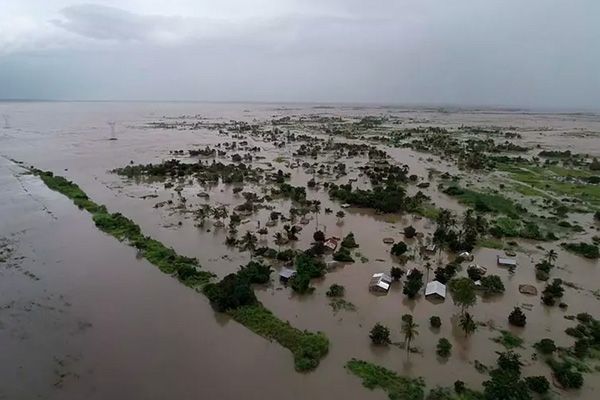When tropical cyclone Idai made landfall near Beira, Mozambique on March 14, a spokesperson for the UN World Meteorological Organization called it possibly the the worst weather-related disaster to hit the southern hemisphere.
This massive and horrifying storm caused catastrophic flooding and widespread destruction of buildings and roads in Mozambique, Zimbabwe and Malawi. Mozambique’s President Filipe Nyusi feared the death toll might rise to more than 1,000 people.
Cyclones, also known as hurricanes or typhoons, are intense wind storms that can take thousands of lives and cause billions of dollars in damage. They generate large ocean waves and raise water levels by creating a storm surge. The combined effects cause coastal erosion, flooding and damage to anything in its path.
Although other storms have hit this African coast in the past, the storm track for cyclone Idai is fairly rare. Warmer-than-usual sea-surface temperatures were directly linked to the unusually high number of five storms near Madagascar and Mozambique in 2000, including tropical cyclone Eline. Warmer ocean temperatures could also be behind the intensity of cyclone Idai, as the temperature of the Indian Ocean is 2 C to 3 C above the long-term average.
Continue reading at Queen's University.
Image via World Food Programme.


